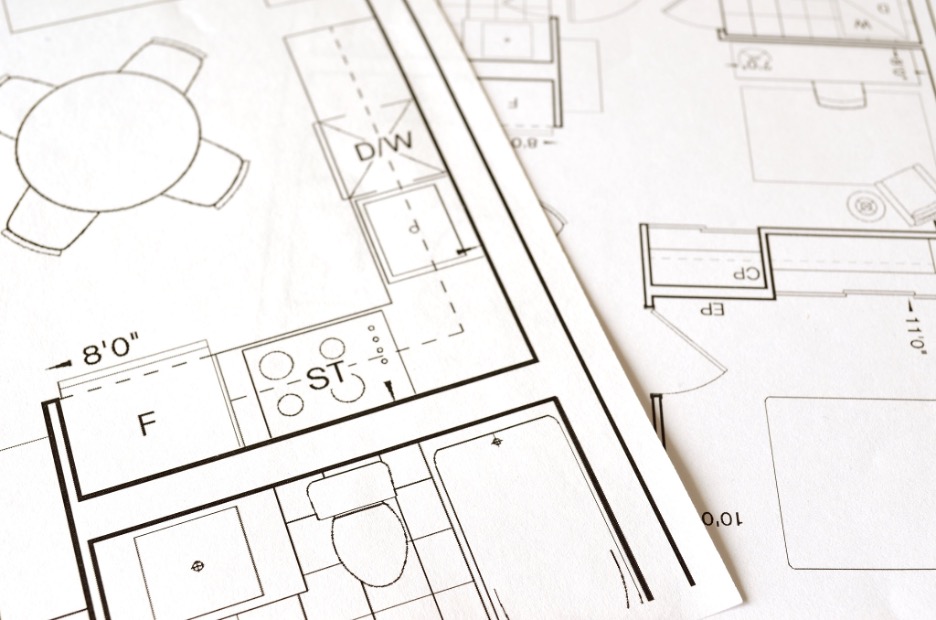In an era where environmental consciousness is becoming increasingly pivotal, the construction industry is making significant strides towards sustainable and eco-friendly practices. Green building and sustainable construction are not just trends; they represent a responsible approach to creating structures that are environmentally friendly, energy-efficient, and socially responsible. At Watlee Construction, we are committed to promoting sustainable practices in construction. In this blog, we’ll explore the myriad benefits of green building and sustainable construction.
- Environmental Conservation
Benefit: Reduced Environmental Impact
Green building practices prioritize the conservation of natural resources and the reduction of environmental impact. Sustainable construction focuses on minimizing the consumption of raw materials, utilizing recycled or locally sourced materials, and incorporating energy-efficient technologies. This commitment to environmental conservation helps preserve ecosystems, reduce carbon footprints, and minimize waste generation.
- Energy Efficiency
Benefit: Lower Energy Consumption and Costs
Green buildings are designed to be energy-efficient, utilizing technologies and materials that reduce energy consumption. Features such as energy-efficient windows, proper insulation, and high-performance HVAC systems contribute to lower energy demands. Over time, this translates to reduced energy costs for homeowners and businesses, making green buildings not only environmentally responsible but also economically advantageous.
- Improved Indoor Air Quality
Benefit: Healthier Living and Working Environments
Green building practices prioritize indoor air quality by using low-emission materials, proper ventilation systems, and non-toxic finishes. This contributes to healthier living and working environments by reducing the presence of pollutants and allergens. Improved air quality is associated with better respiratory health, increased productivity, and an overall enhanced quality of life for occupants.
- Water Conservation
Benefit: Efficient Use of Water Resources
Sustainable construction emphasizes water conservation through the implementation of water-efficient technologies. This includes the use of low-flow fixtures, rainwater harvesting systems, and native landscaping that requires minimal irrigation. By reducing water consumption, green buildings contribute to the responsible management of this vital resource, particularly in regions facing water scarcity.
- Long-Term Cost Savings
Benefit: Financial Sustainability
While the initial costs of green building materials and technologies may be slightly higher, the long-term savings are substantial. Energy-efficient systems, durable materials, and reduced maintenance needs contribute to lower operating costs over the life of the building. Homeowners and businesses investing in green construction can enjoy significant financial savings in the form of reduced energy bills and maintenance expenses.
- Enhanced Property Value
Benefit: Increased Market Appeal
Green buildings have a higher market appeal due to their energy efficiency, eco-friendly features, and lower operational costs. As sustainability becomes a priority for many individuals and businesses, properties with green certifications or sustainable features often command higher resale values. Investing in sustainable construction can thus enhance the overall property value and market competitiveness.
- Compliance with Regulations and Certifications
Benefit: Regulatory Compliance and Recognition
Green building practices often align with local and international environmental standards. Constructing buildings with sustainability in mind ensures compliance with evolving regulations and may qualify for certifications such as LEED (Leadership in Energy and Environmental Design) or other green building certifications. Achieving these certifications not only demonstrates a commitment to sustainability but can also open doors to incentives and recognition within the industry.
- Community and Corporate Social Responsibility
Benefit: Positive Impact on Community and Corporate Image
Green building and sustainable construction contribute to corporate social responsibility by reducing a company’s ecological footprint. This commitment to environmental stewardship enhances a company’s image, fostering a positive reputation within the community and among environmentally conscious consumers. Green construction projects showcase a dedication to responsible business practices and contribute to building a sustainable and ethical brand.
- Adaptability to Changing Climate Conditions
Benefit: Climate-Resilient Structures
As the world grapples with the impacts of climate change, sustainable construction practices become crucial for creating resilient structures. Green buildings are designed to adapt to changing climate conditions, incorporating features that enhance resilience to extreme weather events, temperature fluctuations, and other environmental challenges. This adaptability ensures the longevity and functionality of the built environment.
- Innovation and Technological Advancements
Benefit: Driving Technological Innovation
The pursuit of sustainable construction drives innovation in building materials, technologies, and construction methods. This continuous evolution leads to the development of more efficient, durable, and environmentally friendly solutions. Green building practices contribute to the advancement of the construction industry, fostering a culture of innovation that benefits both the environment and the overall efficiency of the built environment.
Conclusion
Green building and sustainable construction are not just buzzwords; they represent a transformative shift towards responsible, environmentally conscious practices in the construction industry. At Watlee Construction, we are committed to incorporating sustainable principles into our projects to create buildings that not only stand the test of time but also contribute to a healthier, more sustainable future. The benefits of green building extend beyond the immediate environmental impact, encompassing economic savings, enhanced property value, improved health, and a positive contribution to the global community. As sustainability continues to be a guiding principle in construction, the benefits of green building are poised to shape the future of the built environment.

